Vol 3. Part 1: The Mallards
John W. Garbutt- Class of 2019
When the end of October nears, my thoughts are not of candy and costumes but of the waterfowl arriving to North Texas. In the midst of suburbia, it seems that every branded neighborhood or park contains artificial bodies of water or ponds fed by diverting water from an existing creek. In doing this, “we” have unintentionally, or perhaps sometimes with purpose, created a plethora of winter homes for migratory waterfowl seeking respite from the frozen bodies of water in which they were raised.
One such winter home is Russell Creek Park in Plano, which opened in 1995. This location has become my favorite place to photograph ducks since my first visit in 2019. Here, I have documented ten species of duck, gulls, egrets, herons, and grebes. Not bad for a spot surrounded by hundreds, if not thousands of youth sport participants, walkers, joggers, and dogs walking their humans. Yet somehow, on a cold morning, I can get lost in this spot with the ducks.
This location has also helped solidify my style as a photographer. I prefer to photograph and observe at water level, the perspective in which the ducks see the world. Here, the shoreline is mostly level with the water and has some shoreline foliage in which to use as cover.
For Part 1 of Volume 3, I decided to highlight the Mallard. Ducks, Geese, and Swans of North America states, “The Mallard is the most abundant, most studied, and most readily recognized duck in the world….” I would add, “And due to these factors, often overlooked.” I admittedly only visit the location from November-February for the temporary visitors and not the year-round Mallard population. Despite my focus on the winter guests, the local Mallards constantly remind me of their presence by coming to shore within arm’s reach to preen, rest, and sometimes walk over me and my gear such as in the video below as I lay focused on another duck in the water.
The following photos are some of my favorite moments from the past season.

11/22/23- Male Mallard giving a quick “raise and shuffle” as I tried to capture the earliest hints of the sunrise reflecting on the water.
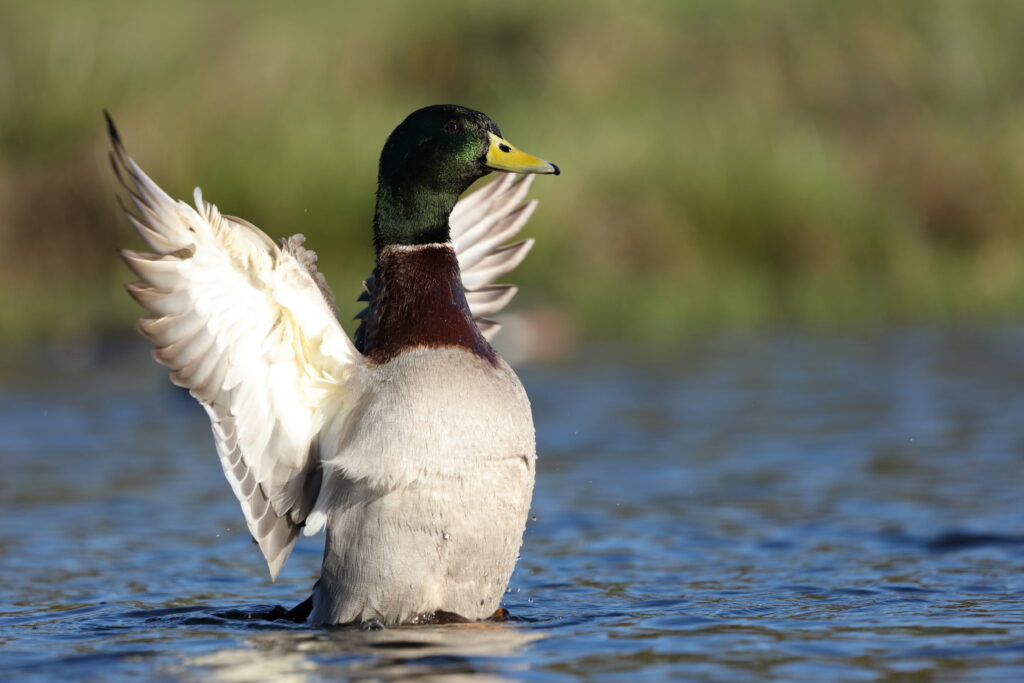
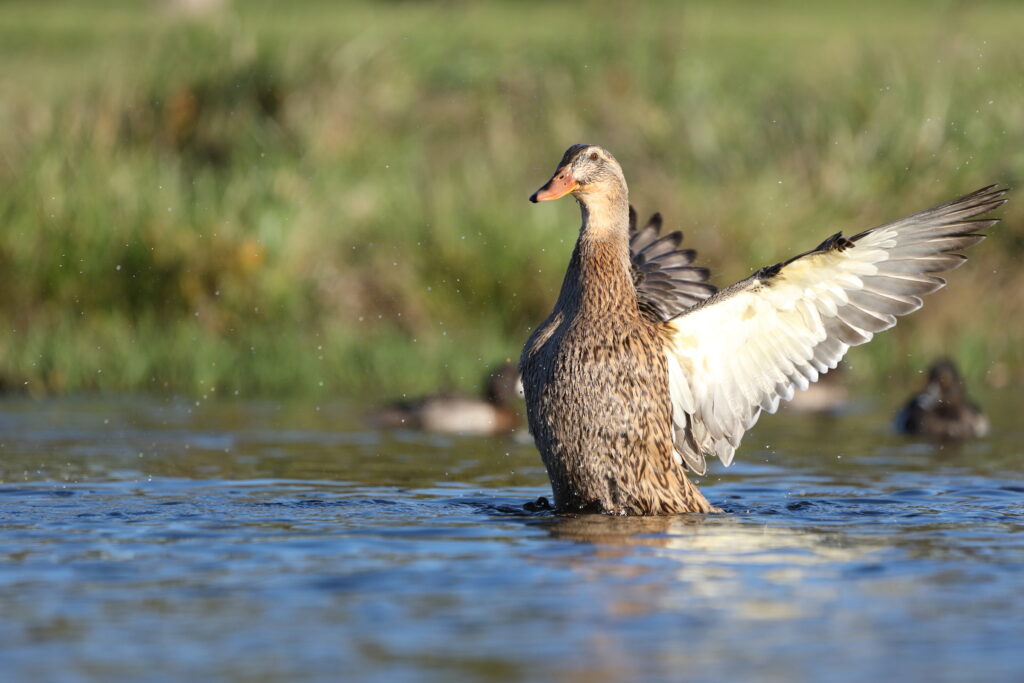
11/22/23- One of my favorite behaviors to anticipate, observe, and photograph is a “raise and flap.” Many behaviors such as copulation proceed this action. The pair above was engaged in a display called mutual-head-pumping which signals a final bonding between the pair preceding mating. Following copulation, they bathe, then dry by raising and flapping the excess water off their feathers.
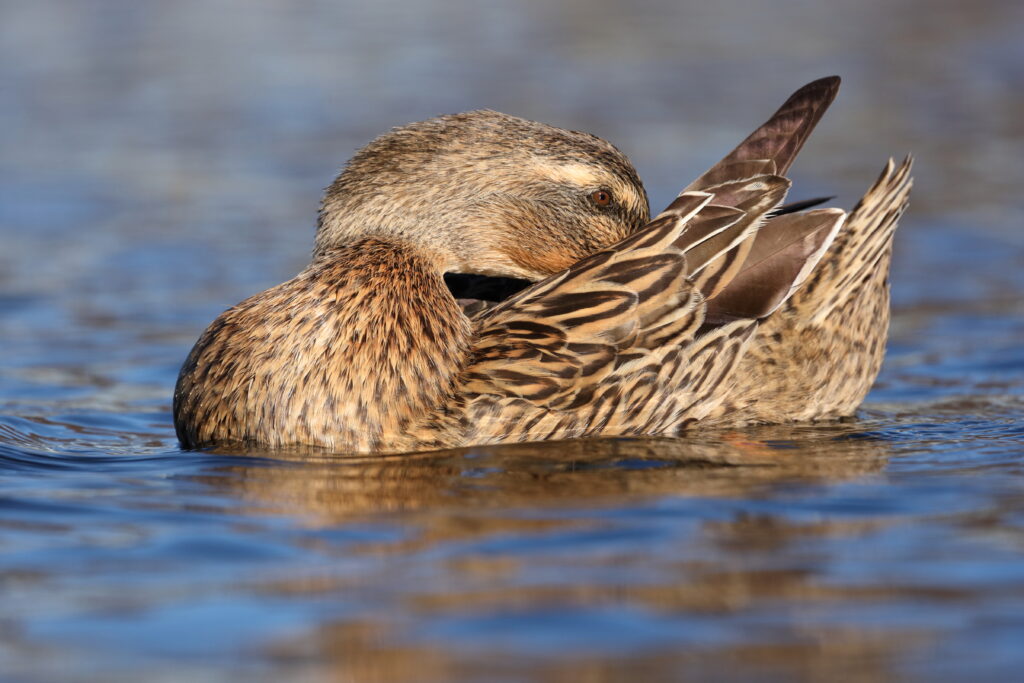
11/22/23- One of my favorite behaviors to photograph is an intimate preening shot such as this female Mallard.
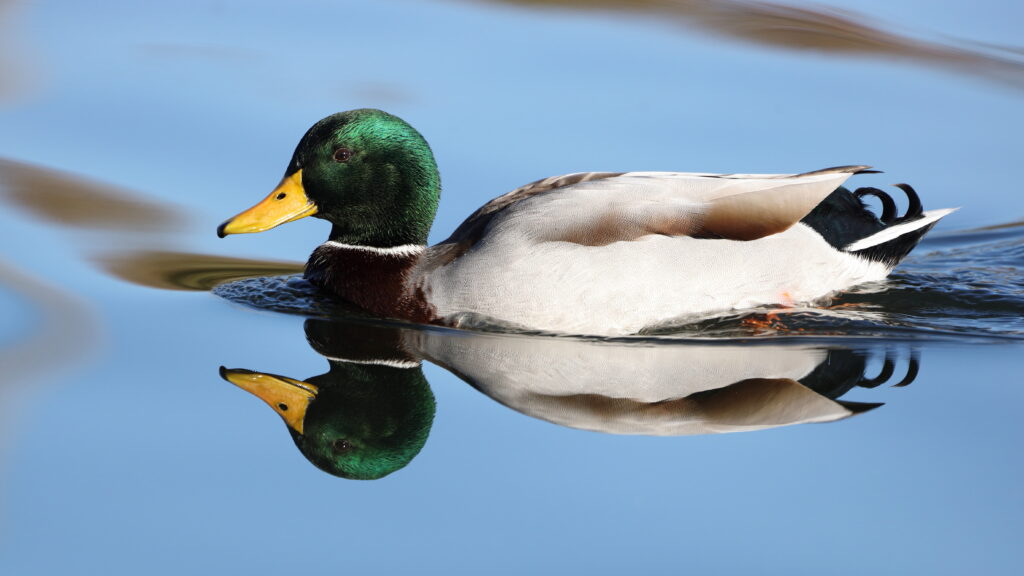
11/27/23- A windless morning created the opportunity to capture this male’s reflection as he paddled past my location.
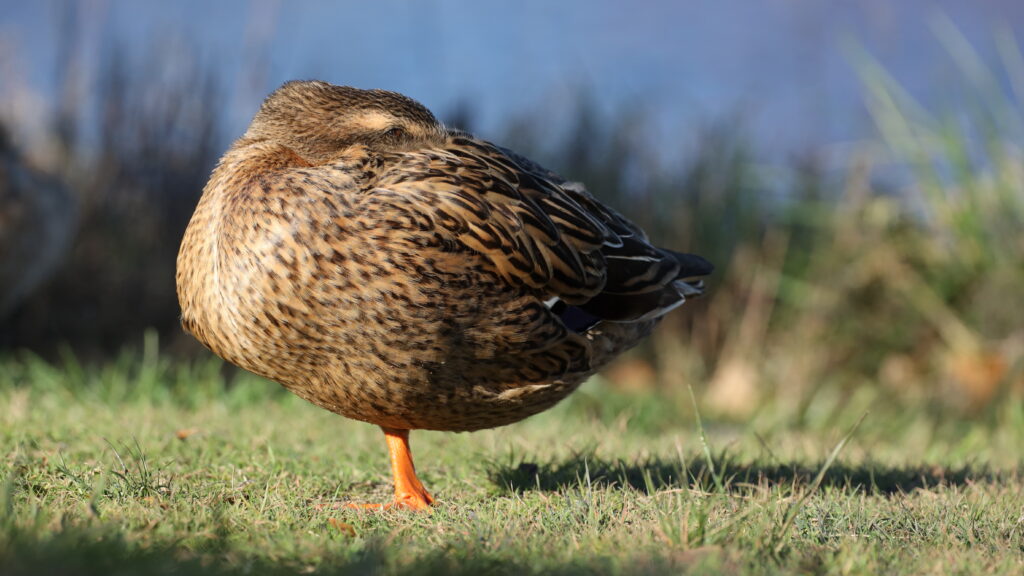
12/3/23- I was not having much luck photographing the migrants with my new lens but a group of mallards came to shore to preen and nap around 10-15 feet away. She was puffed up on this cool morning as she tucked her bill into her feathers to stay warm.
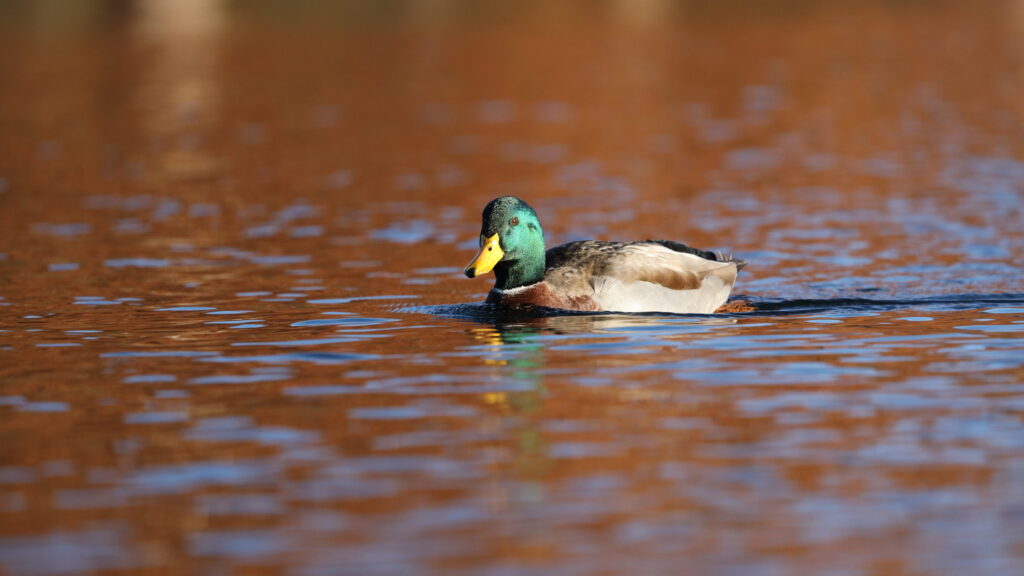
12/4/23- Male Mallard passing through the autumnal reflection.
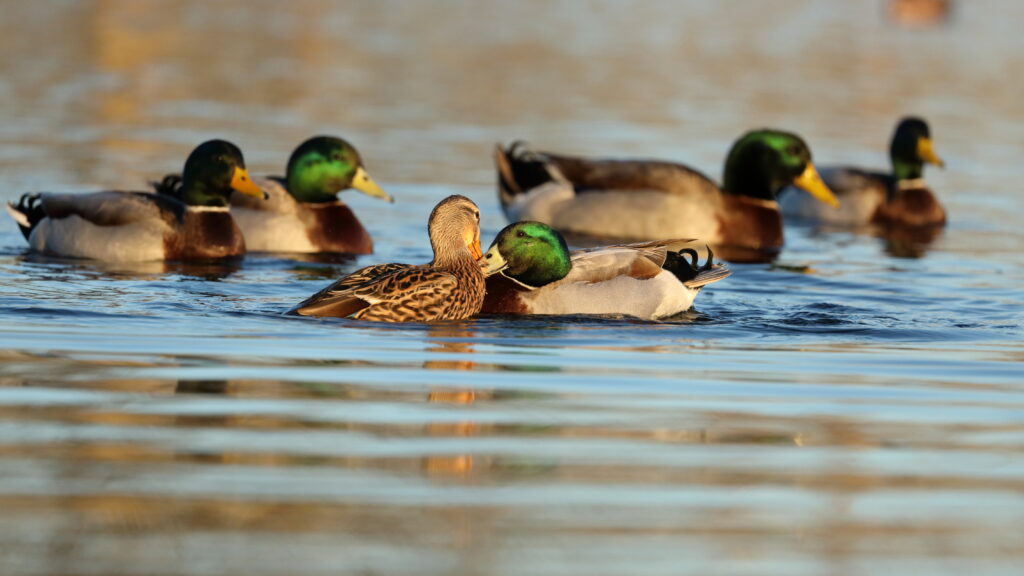
1/29/24- On this morning, I witnessed some interesting courtship behavior as this male and female bit each other’s chests and moved in a circular motion before a big kerfuffle broke out within the group.
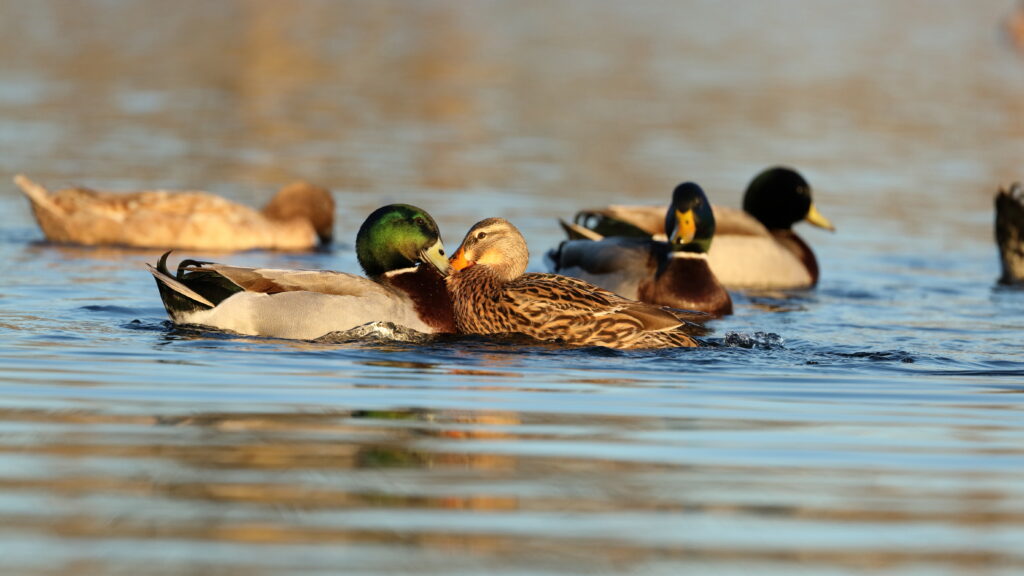
1/29/24- Everybody’s got a hungry heart. Anytime I can work in a Bruce Springsteen reference.
Though we may not give one of the most common birds in the world a lot of attention, remember that the male Mallard was chosen as the emoji of record. #🦆



[…] John Garbutt – Thoughts from Behind the Viewfinder Vol 3 […]